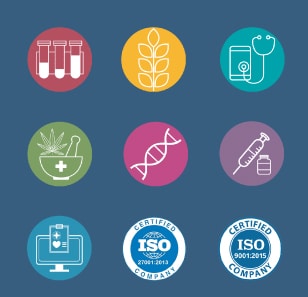Poka Yoke or Mistake Proofing is a technique for eliminating defects by making it impossible to create them in the process. It is often considered the best approach to process control.
It works on the principle – “It is good to do it right the first time. It is even better to make it impossible to do it wrong the first time”.
Mistake Proofing can be preventive (prevent the error from occurring) or detective (detect the error if it happens) in nature. It is usually implemented in one of the following ways:
1. Warning: audio and visual warning either before the error occurs or after it has occurred.
2. Control: errors are impossible; even if an error occurs, it is not allowed to move to the next step.
3. Shutdown: machine or process shutdown when an error is about to happen or as soon as an error occurs.
Poka-yoke or Mistake Proofing is about using a process or design feature and control mechanisms to:
1. Prevent defects.
2. Detect errors early if they are not preventable.
3. Reduce the severity of the defects.
If not preventable, it is advisable to detect errors/defects as early as possible because the later they are found, the more expensive they become, i.e., costs
associated with them increase more materials, labor, overhead, and time.
While implementing poka-yoke designs, one must ensure that implementation does not open new problems that may cause defects.
Poka-yoke is only one in between hundreds of lean six sigma tools that can and should be implemented as part of product life cycle (starting from a concept, design, transfer to production, and as part of continues improvements when commercialized).
Common Six Sigma project areas:
• Manufacturing Defect Reduction
• Cycle Time Reduction
• Cost Reduction
• Inventory Reduction
• Product Development and Introduction
• Labor Reduction
• Increased Utilization of Resources
• Product Sales Improvement
• Capacity Improvements
• Delivery Improvements
Interested in Problem Solving techniques using Six Sigma tools?
reach us and we will find the best tools, that includes, but not limited to:
– Using utilized and detailed DMAIC (Define, Measure, Analyze, Improve, Control) approach for problem solving projects.
– Streamlining production line using lean methodologies (waste analysis, 5S, spaghetti charts, VSM etc).



















